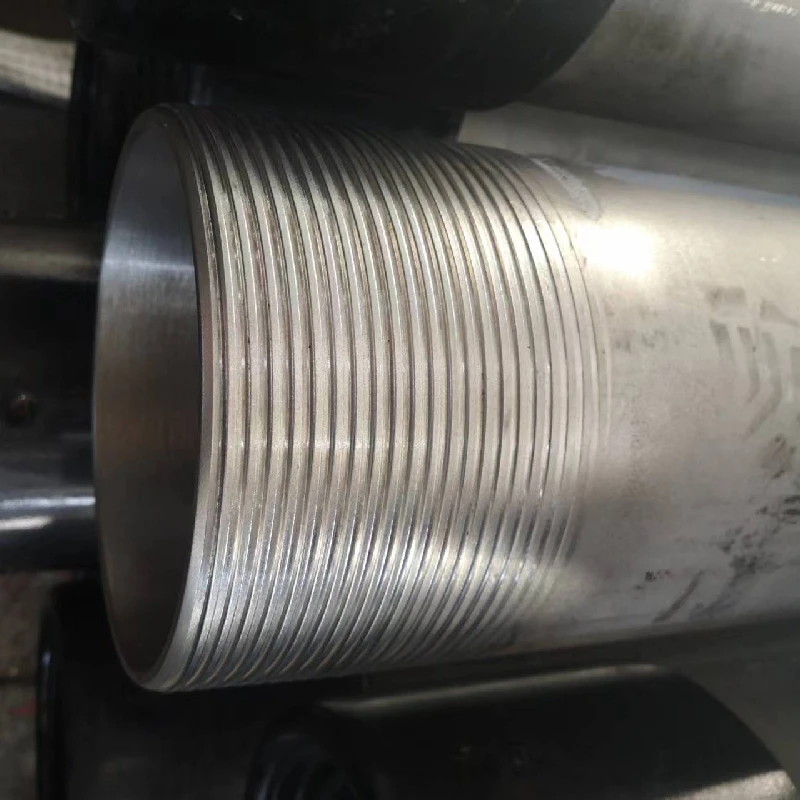- Afrikaans
- Albanian
- Amharic
- Arabic
- Armenian
- Azerbaijani
- Basque
- Belarusian
- Bengali
- Bosnian
- Bulgarian
- Catalan
- Cebuano
- Corsican
- Croatian
- Czech
- Danish
- Dutch
- English
- Esperanto
- Estonian
- Finnish
- French
- Frisian
- Galician
- Georgian
- German
- Greek
- Gujarati
- Haitian Creole
- hausa
- hawaiian
- Hebrew
- Hindi
- Miao
- Hungarian
- Icelandic
- igbo
- Indonesian
- irish
- Italian
- Japanese
- Javanese
- Kannada
- kazakh
- Khmer
- Rwandese
- Korean
- Kurdish
- Kyrgyz
- Lao
- Latin
- Latvian
- Lithuanian
- Luxembourgish
- Macedonian
- Malgashi
- Malay
- Malayalam
- Maltese
- Maori
- Marathi
- Mongolian
- Myanmar
- Nepali
- Norwegian
- Norwegian
- Occitan
- Pashto
- Persian
- Polish
- Portuguese
- Punjabi
- Romanian
- Russian
- Samoan
- Scottish Gaelic
- Serbian
- Sesotho
- Shona
- Sindhi
- Sinhala
- Slovak
- Slovenian
- Somali
- Spanish
- Sundanese
- Swahili
- Swedish
- Tagalog
- Tajik
- Tamil
- Tatar
- Telugu
- Thai
- Turkish
- Turkmen
- Ukrainian
- Urdu
- Uighur
- Uzbek
- Vietnamese
- Welsh
- Bantu
- Yiddish
- Yoruba
- Zulu
casing and tubing connections
Casing and Tubing Connections in Oil and Gas Operations
In the oil and gas industry, casing and tubing play critical roles in the drilling and production processes. Casing refers to the large diameter pipes installed in the wellbore to maintain its structure, while tubing is the smaller pipe that transports hydrocarbons from the reservoir to the surface. The connection between casings and tubing is a crucial aspect, as it affects the performance, safety, and efficiency of the oil and gas operations.
Casing Connections
Casing connections are designed to be robust and able to withstand the extreme pressures and temperatures encountered in underground formations. There are several types of casing connections, with the most common being threaded connections and welded connections.
Threaded Connections These are the most prevalent type of casing connection. Threaded casings are designed with male and female threads, allowing for easy assembly and disassembly. They are manufactured with a variety of thread types, including API (American Petroleum Institute) and premium threads. API threads are widely used because they provide a reliable, standardized option. Premium threads, on the other hand, offer enhanced sealing capabilities and can accommodate higher pressure and temperature gradients, making them suitable for more challenging environments.
Welded Connections In some situations, welded connections may be employed, particularly where a permanent and leak-proof joint is critical. Welded connections entail the fusion of two casing pipes using welding techniques, creating a strong and rigid bond. However, this method can be more time-consuming and labor-intensive compared to threaded connections.
Tubing Connections
Similar to casing connections, tubing connections must also ensure a secure transfer of hydrocarbons while withstanding various environmental conditions
. Tubing is typically connected using threaded couplings or mechanical connectors.casing and tubing connections

Threaded Couplings Tubing connections made with threaded couplings are similar to casing connections. They use male and female threads that allow for straightforward assembly. The design of tubing threads, often API or proprietary, includes features aimed at enhancing the seal between connections, preventing leaks and ensuring a continuous flow of hydrocarbons.
Mechanical Connectors Innovations in tubing connections include the use of mechanical connectors, which offer an alternative to traditional threaded methods. These connectors are designed to provide quick assembly and disassembly while maintaining strong seals under pressure. Mechanical connectors can be advantageous in environments that are sensitive to the thermal expansion of metal, as they can accommodate some movement without compromising integrity.
Importance of Proper Connections
The integrity of casing and tubing connections is paramount for the overall success of oil and gas operations. A faulty or inadequate connection can lead to significant issues, including leaks, reduced production efficiency, and even catastrophic failures. Thus, rigorous testing and quality control measures are essential during the manufacturing and installation of casing and tubing connections.
Moreover, advancements in technology have improved connection designs and materials, enhancing their endurance and performance. New materials such as composite technical polymers and advanced alloys have emerged, offering greater resistance to corrosion and fatigue in harsh environments.
Conclusion
In conclusion, casing and tubing connections are fundamental to the effectiveness and safety of oil and gas operations. The choice of connection type—be it threaded or welded for casing, and threaded or mechanical for tubing—depends upon various factors, including the specific geological conditions and operational requirements. With ongoing technological advancements, the industry continues to optimize these critical components to ensure the efficiency and safety of hydrocarbon extraction, reinforcing the importance of well-designed and executed connections in maintaining the integrity of the wellbore. As the industry evolves, understanding and innovating within the realm of casing and tubing connections will remain a key focus for operators and engineers alike.
-
Tubing Pup Joints: Essential Components for Oil and Gas OperationsNewsJul.10,2025
-
Pup Joints: Essential Components for Reliable Drilling OperationsNewsJul.10,2025
-
Pipe Couplings: Connecting Your World EfficientlyNewsJul.10,2025
-
Mastering Oilfield Operations with Quality Tubing and CasingNewsJul.10,2025
-
High-Quality Casing Couplings for Every NeedNewsJul.10,2025
-
Boost Your Drilling Efficiency with Premium Crossover Tools & Seating NipplesNewsJul.10,2025







